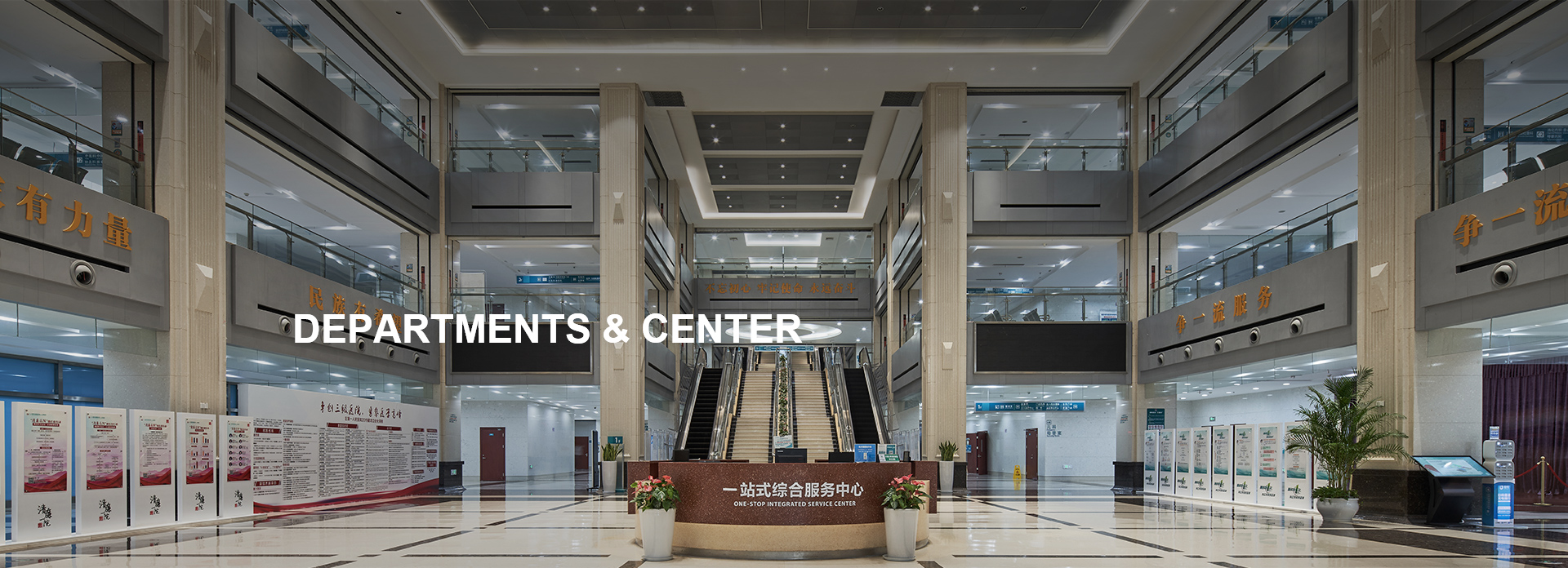Pathology Department
【Growth Process】
In 1943, the hospital was established, and the Department of Pathology was also established at the same time; In 2007, immunohistochemistry technology was developed; In 2014, it was moved to the second floor of the outpatient building in the new campus; In 2016, remote consultation was launched; In 2017, it became a resident physician training base ; In 2019, a remote consultation center was established: Zhejiang Cancer Hospital and Shaw Hospital established cooperation; In 2019, it assumed the routine pathology work of the Medical Community Branch.
【Successive Directors】
In April 1989, department director Shao Xiaogen led the hospital's department elites to build the department from scratch. In July 2010, department director Deng Min led the department's medical staff to further improve the discipline's diagnosis and treatment standards and launch a series of new technologies and new projects. The discipline has made great progress.
【Current status of subject】
The Pathology Department was founded in 1943. It is a basic discipline. The department covers an area of 890 square meters. The layout of the Pathology Department complies with biosafety requirements. The contaminated area, semi-contaminated area and clean area are clearly divided. It has a specimen receiving room, a specimen examination and collection room, a routine Pathology technology room, frozen section room, immunohistochemistry room, cytology production room, pathological diagnosis room, pathology archives room, specimen storage room, consultation room, and academic activity room. There are currently 8 diagnosticians and 6 technicians. Among them, there is 1 deputy chief physician, 1 attending physician and 2 master's degree students. The department focuses on the digestive tract system, respiratory system and oncology. Responsible for the pathology quality control work in Fuyang District.
【Diagnosis and treatment scope】
Responsible for analyzing various organs, cells, tissues, body fluids, secretions and other specimens taken from the human body through gross and microscopic observation, using immunohistochemistry, special staining and other techniques, and combining the patient's clinical data to determine the pathology of the disease. diagnosis. Specific work 1. Routine pathological diagnosis: pathological and histological diagnosis of biopsy specimen excision, forceps and puncture biopsy. 2. Rapid intraoperative frozen section diagnosis. 3. Special staining and immunohistochemical staining. 4. Cytological and pathological diagnosis, including exfoliated cells and puncture cytological diagnosis. 5. Inter-hospital pathology consultation work. 6. Actively carry out scientific research work
【Technical Features】
The pathology technology room is equipped with high-quality paraffin microtome, frozen section machine, automatic dehydration machine, automatic staining machine, tissue embedding machine, liquid-based cell preparation equipment, incubator, and exhaust equipment. Doctors in the pathology diagnosis room are equipped with binocular optical microscopes, multi-person viewing microscopes, microphotography equipment, slide digital scanners, and remote consultation equipment.
【Scientific research results】
The department actively carries out scientific research work and applied for 7 projects, including 2 provincial projects and 5 municipal projects. Published 15 academic papers, including 4 SCI papers. Obtained 2 patents.


